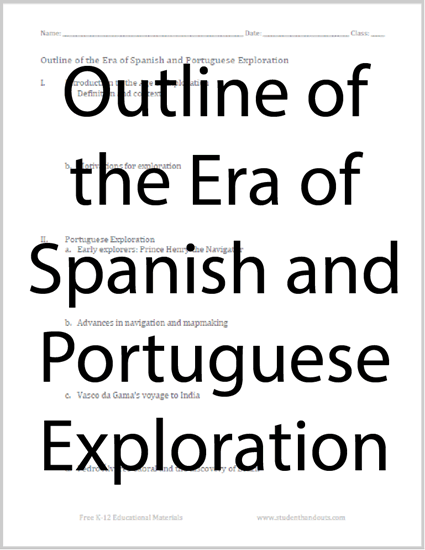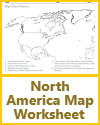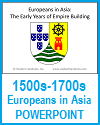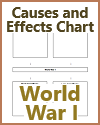| Outline of the Era of Spanish and Portuguese Exploration |
|---|
| Student Handouts ↣ World History ↣ Age of Exploration ↣ Age of Exploration Outlines & PowerPoints |
 |  |
|---|
|
This outline provides a structured overview of the key aspects of the period of exploration by the Spanish and Portuguese, highlighting major explorers, their voyages, and the consequences of their discoveries. It can serve as a basis for a more detailed study of this important historical era. Click here to print. This is designed for students to complete with their research findings. Click here for a handout with the outline on a single sheet. |
|
I. Introduction to the Age of Exploration a. Definition and context b. Motivations for exploration II. Portuguese Exploration a. Early explorers: Prince Henry the Navigator b. Advances in navigation and mapmaking c. Vasco da Gama's voyage to India d. Pedro Álvares Cabral and the discovery of Brazil III. Spanish Exploration a. Christopher Columbus and the first voyage to the Americas b. The Treaty of Tordesillas c. The voyages of Amerigo Vespucci d. Ferdinand Magellan's circumnavigation of the globe e. Hernán Cortés and the conquest of the Aztec Empire f. Francisco Pizarro and the conquest of the Inca Empire IV. Impact of Exploration a. Exchange of goods, plants, and animals (Columbian Exchange) b. Exploration's effect on global trade and economies c. Cultural exchange and diffusion d. Consequences for indigenous populations e. The establishment of colonial empires V. Other European Explorations a. John Cabot and North American exploration b. Vasco Núñez de Balboa's discovery of the Pacific Ocean c. Jacques Cartier's exploration of Canada d. Sir Francis Drake's circumnavigation and privateering VI. Conclusion a. The legacy of the Age of Exploration b. Its role in shaping the modern world |
| Student Handouts ↣ World History ↣ Age of Exploration ↣ Age of Exploration Outlines & PowerPoints |











